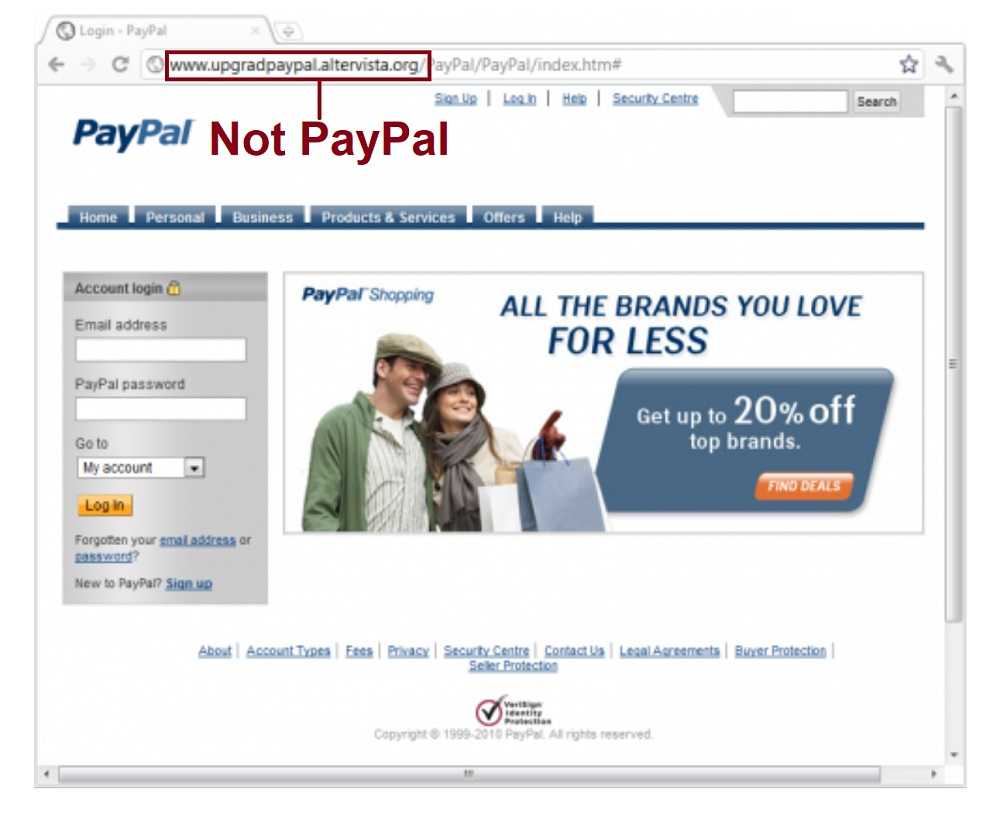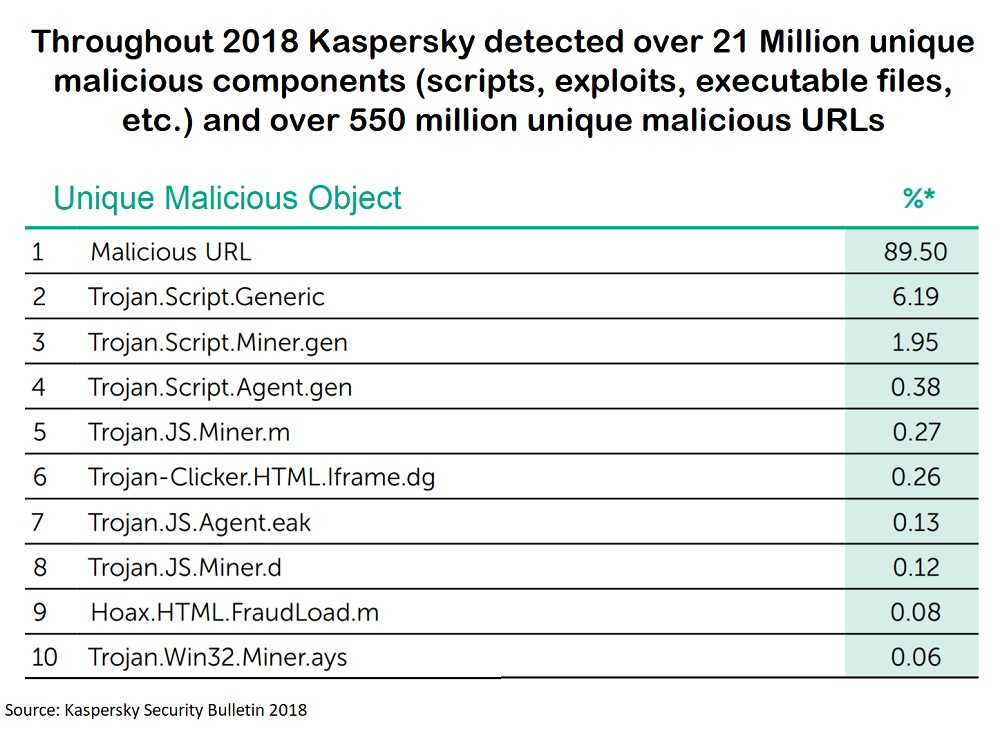Look Out! Nearly 1.5 Million New Phishing Sites Created Every Month
By: Jim Stickley and Tina Davis
November 23, 2019

Those tried-and-true lures hackers use for email phishing campaigns keep getting better and more effective. According to the Webroot Threat Report, there were an average of 1.23 million new phishing sites every month. May was the biggest month with a whopping 2.3 million news sites created. Most of these fake sites are only alive for 4-8 hours as they are constantly changing to avoid security efforts. For businesses, a Wombat Security study finds that last year, 76% of companies fell victim to phishing attacks. Any way you look at it, there’s a boatload of successful phishing going on out there. As such, email phishing continues to proliferate in scope and depth, breaking records year after year. The biggest catch involves business email phishing, but personal attacks are just as devastating. At work or at home, phishing emails are always bad news. They contain malicious attachments full of malware, and links to bogus websites designed to steal personal data and money.
 No look at the perils of email phishing would be complete without a look at phishing’s evil twin, spear phishing. The SANS Institute reports that 95% of all phishing attacks on a business network are the result of spear phishing. Spear phishing at its best–or worst–is incredibly effective because it takes advantage of highly-personalized information about an individual or business. Hackers use the information gleaned from social media and other sites, or from another hack. They rely on very targeted and personal information in the email subject line and text, such as from a friend or group, to convince the recipient they are safe. For business, a spear phishing email may claim to be from a co-worker, boss, HR department, or company vendor. With spear phishing, trust is gained from the outset, and the bait is taken. Below are some tips on avoiding any type of phishing–at home or at work.
No look at the perils of email phishing would be complete without a look at phishing’s evil twin, spear phishing. The SANS Institute reports that 95% of all phishing attacks on a business network are the result of spear phishing. Spear phishing at its best–or worst–is incredibly effective because it takes advantage of highly-personalized information about an individual or business. Hackers use the information gleaned from social media and other sites, or from another hack. They rely on very targeted and personal information in the email subject line and text, such as from a friend or group, to convince the recipient they are safe. For business, a spear phishing email may claim to be from a co-worker, boss, HR department, or company vendor. With spear phishing, trust is gained from the outset, and the bait is taken. Below are some tips on avoiding any type of phishing–at home or at work.
 Don’t fall for click-bait. Always verify before you click on an attachment or URL, including a close look at the email sender. Hovering your mouse over senders and links expose the truth of who is sending the email and where the links and URLs are really being sent. Never click out of curiosity.
Don’t fall for click-bait. Always verify before you click on an attachment or URL, including a close look at the email sender. Hovering your mouse over senders and links expose the truth of who is sending the email and where the links and URLs are really being sent. Never click out of curiosity.
- Always update operating system and security patches as soon as they are available. These updates always include fixing bugs and security weaknesses, keeping up the best system defense there is.
- Never open an email that sounds too good to be true. Amazing discounts for shopping, promises of cash prizes, anything needing immediate action, and even subjects that tear at your heartstrings, are all ripe topics for email phishing.
- Stay updated to the latest email phishing scams. Whether on your own or through cybersecurity training at work, knowing popular phishing tactics is important because they trend depending on what currently works the best.
- Pop-ups always catch prey. Clicking on pop-up advertisements and offers is a risky way of letting malware infections into your device.